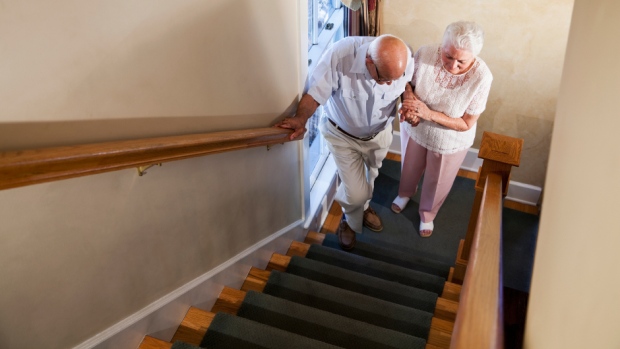Apr 11, 2017
Ottawa should increase age of eligibility for seniors benefits to 67: C.D. Howe Institute

A new report from the C.D. Howe Institute is arguing demographic challenges necessitate slowly raising the age of eligibility for old-age benefits. In the report, released Tuesday, the think tank’s Robert Brown and Shantel Aris write that the increasing proportion of senior citizens relative to the overall workforce means Canada will have to act.
“We know that because of low fertility rates, rising life expectancies and the aging of the baby boom, Canada’s old-age dependency ratio is rising,” the authors wrote. “This will strain the sustainability of our social security systems and healthcare.”
Brown and Aris cite the trio of Scandinavian countries, Poland and the United Kingdom as precedents for the move.
C.D. Howe is arguing capping the proportion of one’s life spent in retirement using demographic studies could be a fair method in applying the new old-age security standards. In such a scenario, the age of eligibility slowly edges higher in tandem with rising life expectancies.
Brown and Aris argue a cap of 34 per cent of one’s expected life span would be a prudent peg. That would theoretically trigger the first increase in 2025, rising to 66 years old from 65 currently. C.D. Howe forecasts that level would be constant until 2048, when rising life expectancies will trigger another one-year increase.
However, the study notes measures will have to be taken to ensure the system is fair to Canadians of all socio-economic strata, as wealthier Canadians typically live longer than those of lower income brackets. Brown and Aris say this can be mitigated by changing the benefit clawback system to increase fairness.
“Our goal … is to introduce an ‘evidence-based’ analysis that can be used impartially to adjust the age of eligibility for Canada’s social security system based on actuarial logic, not political whims,” they wrote.
The recommendation comes on the heels of Ottawa’s decision to hold Old Age Security eligibility at 65, reversing the course set by the Harper government in 2012 to raise eligibility to 67 during a six-year phase-in period, beginning in April 2023.
The Liberals’ stay on eligibility increases also runs counter to recommendations made by Finance Minister Bill Morneau’s Advisory Council on Economic Growth, which implored the government to keep seniors in the workforce longer in order to stem declines in overall productivity. The council argued raising the eligibility age would be worth $56 billion per year in overall GDP growth.
The minister in charge of the file, Jean-Yves Duclos, is taking a different tact in order to stem productivity losses. In rationalizing the decision, Duclos said raising the bar to OAS eligibility would cause the senior poverty rate for those aged 65 and 66 to spike to 17 per cent, from the current six per cent. Duclos said Parliament Hill is looking for ways to incentivize seniors to voluntarily stay in the workforce, as opposed to compelling them through wholesale changes to the OAS system.



